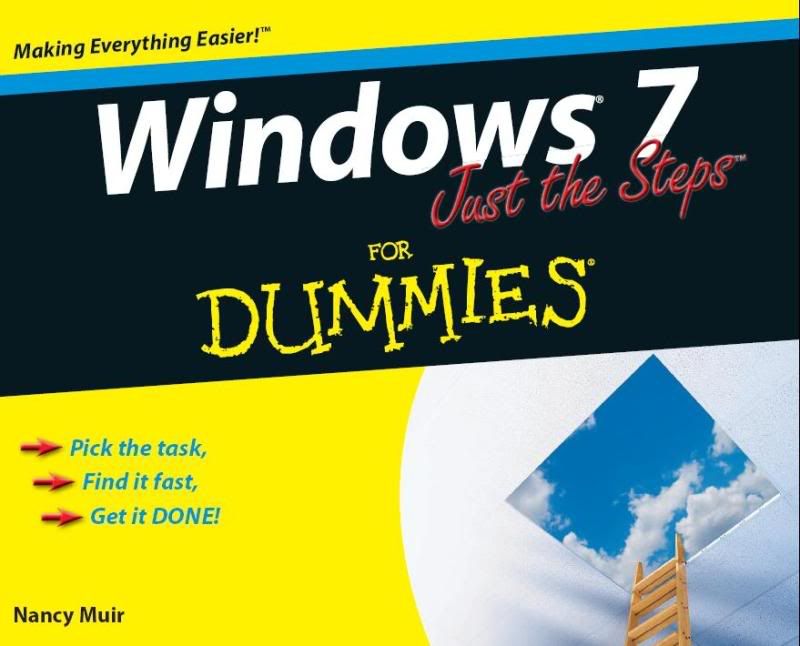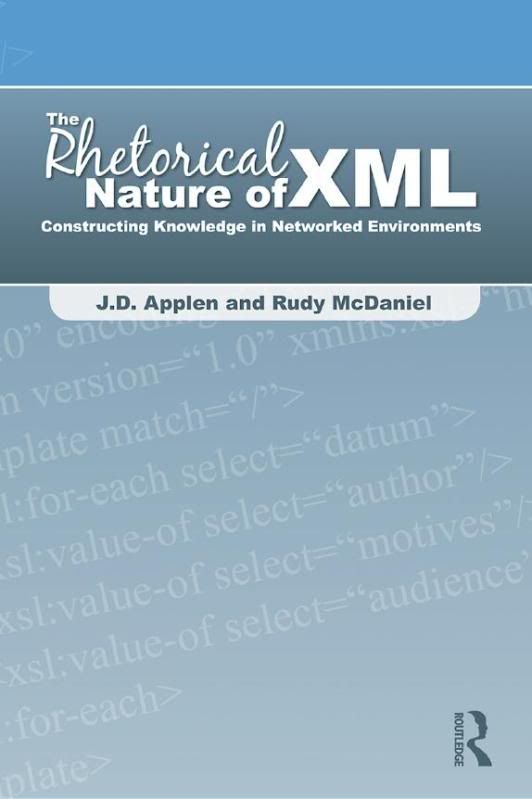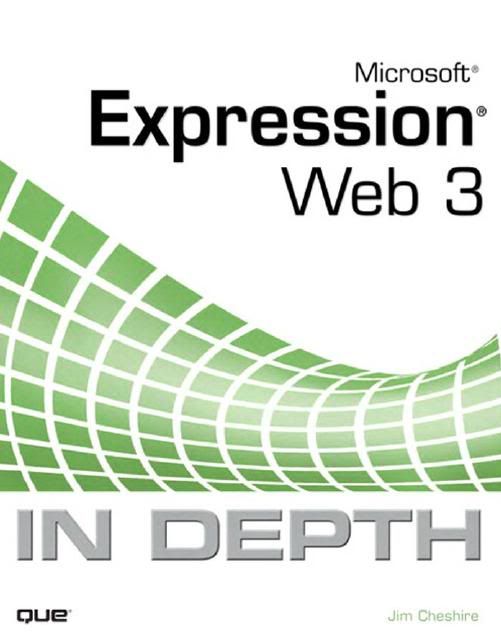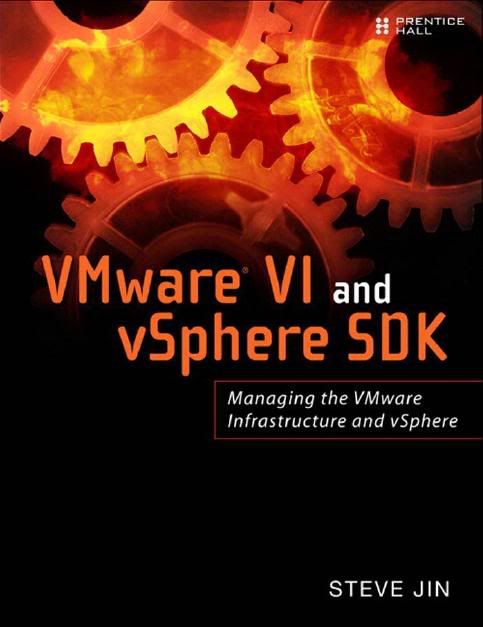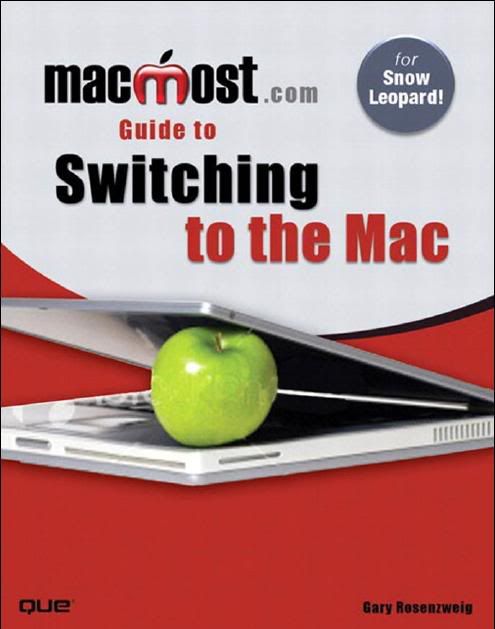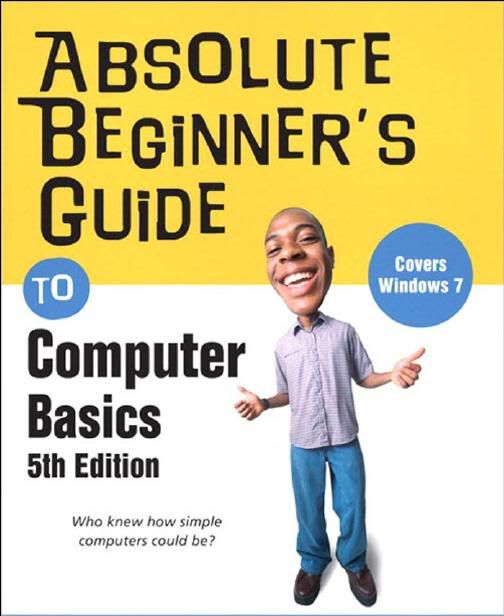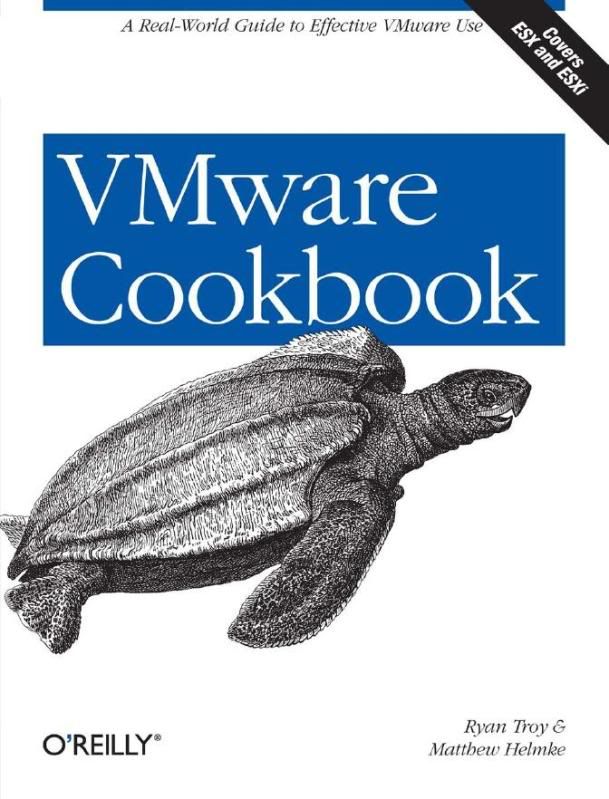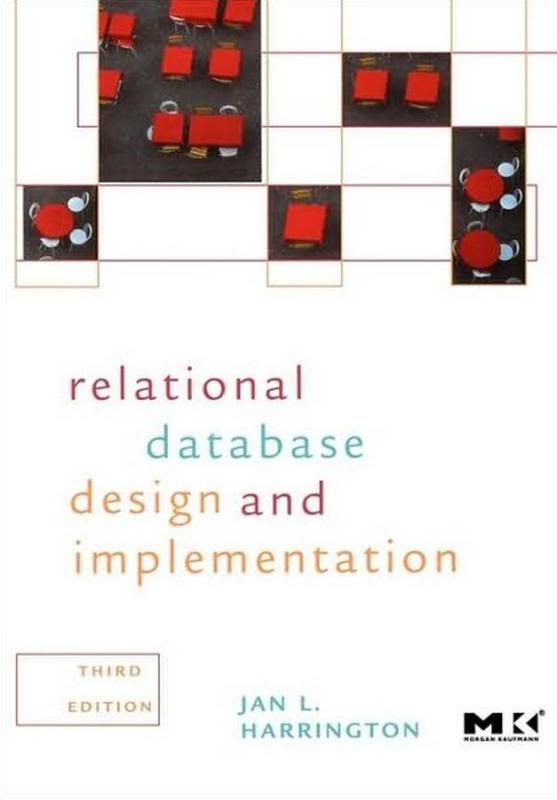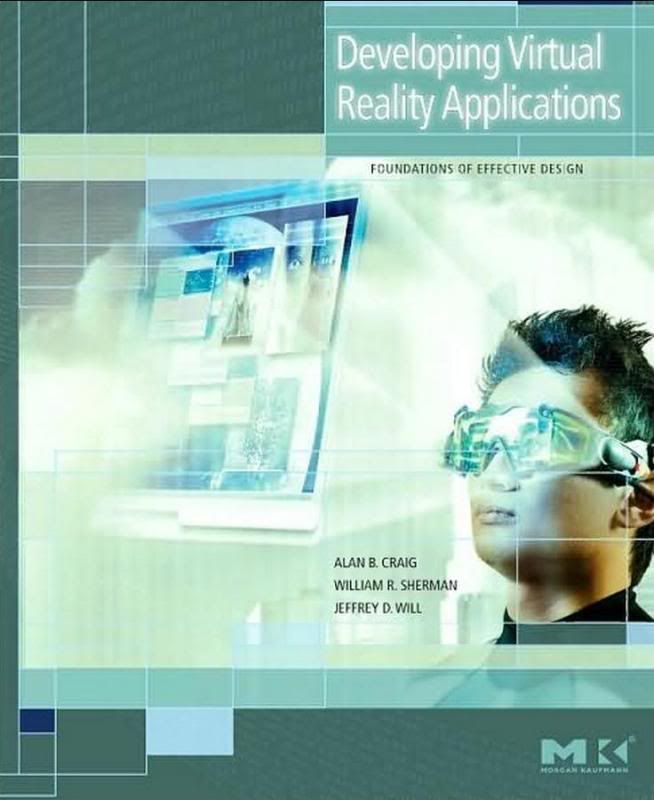Just the steps you need to get going with Windows 7!
Coming in day and date with Microsoft's exciting release of the new Window 7 operating system, this friendly, accessible book shows you the features and functions you need from this exciting new operating system. Presented in a series of numbered steps that are concise, visually clear, and easy to follow, you'll learn to navigate the Windows 7 desktop, create files, connect to the Internet, search the Web, use e-mail, and more with this fun and practical guide.
* Get quickly and easily up to speed on Microsoft's new operating system, Windows 7
* Master Windows 7 through a list of steps and easy-to-follow visual elements
* See how to set up your desktop, copy and delete files, connect to the Internet, create folders, and more
* Discover what so many readers already know-fun, readable Dummies books are a great way to get the most out of your Windows technology in a non-intimidating way
Why waste time on extraneous information? Get this book and get just the steps!
Wednesday, November 11, 2009
Windows 7 Just the Steps For Dummies
Syngress - Eleventh Hour Security+ Exam SYO-201 Study Guide
This book will focus on just the essentials needed to pass the Network+ certification exam. It will be filled with critical information in a way that will be easy to remember and use for your quickly approaching exam. It will focus on the main objectives of the exam and include the following pedagogy for ease of use in those final hours.
The Rhetorical Nature of XML: Constructing Knowledge in Networked Environments
The Rhetorical Nature of XML is the first volume to combine rhetoric, XML, and knowledge management in a substantive manner. It serves as a primer on XML and XML-related technologies, illustrating how the naming of XML elements can be understood as a rhetorical act, and detailing the essentials of knowledge management practices that illustrate the need for intelligently conceived databases in organizations. Authors J.D. Applen and Rudy McDaniel explain how technical knowledge and rhetorical knowledge are symbiotic assets in the modern information economy, emphasizing that skilled professionals and apprentice learners must not only adapt to and become adept with new technological environments, but they must also remain aware of the dynamic social and technological contexts through which they communicate. Applen and McDaniel use this subject as a catalyst to encourage interdisciplinary connections and projects between experts in fields such as technical communication, digital media, library science, computer science, and information technology.
The authors demonstrate techniques for working with XML in interdisciplinary projects with attention to single sourcing and content management. Interviews with practitioners working with XML for research and in industry are also included, to illustrate how XML is currently being used in a variety of disciplines, such as technical communication and digital media. Combining applied theory and XML technology to solve real-world problems in technical communication and digital media, this work provides an entry point for students and practitioners who do not have an extensive background in markup languages, enabling them to begin developing user-centric projects using XML.
Microsoft Expression Web 3 In Depth
Beyond the Basics…Beneath the Surface…In Depth
Microsoft Expression Web 3
Advice and techniques that you need to get the job done.
Looking for ways to streamline your work so that you can focus on maximizing your time? In Depth provides specific, tested, and proven solutions to the problems you run into every day—things other books ignore or oversimplify. This is the one book that you can rely on to answer all the questions you have now and will have in the future.
In Depth offers:
• Comprehensive coverage, with detailed solutions
• Breakthrough techniques and shortcuts that are unavailable elsewhere
• Practical, real-world examples with nothing glossed over or left out
• Troubleshooting help for tough problems you can’t fix on your own
• Outstanding authors recognized worldwide for their expertise and teaching style
• Quick information via sidebars, tips, reminders, notes, and warnings
In Depth is the only tool you need to get more done in less time!
VMware VI and vSphere SDK: Managing the VMware Infrastructure and vSphere
Drive Even More Value from Virtualization: Write VMware® Applications that Automate Virtual Infrastructure Management
Companies running VMware have already achieved enormous gains through virtualization. The next wave of benefits will come when they reduce the time and effort required to run and manage VMware platforms. The VMware Infrastructure Software Development Kit (VI SDK) includes application programming interfaces (APIs) that allow developers and administrators to do just that. Until now, there has been little documentation for the APIs. In VMware VI and vSphere SDK, software architect Steve Jin demystifies the entire VMware VI and new vSphere SDK and offers detailed, task-based coverage of using the APIs to manage VMware more efficiently and cost-effectively.
Jin walks you through using the VI SDK and cloud-computing vSphere SDK to manage ESX servers, ESX clusters, and VirtualCenter servers in any environment–no matter how complex. Drawing on his extensive expertise working with VMware strategic partners and enterprise customers, he places the VI SDK in practical context, presenting realistic samples and proven best practices for building robust, effective solutions. Jin demonstrates how to manage every facet of a VMware environment, including inventory, host systems, virtual machines (VMs), snapshots, VMotion, clusters, resource pools, networking, storage, data stores, events, alarms, users, security, licenses, and scheduled tasks. Coverage includes
* Understanding how the VI SDK fits into your VMware VI and Cloud Ready vSphere Environment
* Discovering the VI and vSphere SDK from the bottom up
* Using the author’s new VI Java API to write shorter, faster, and more maintainable code
* Managing VI and vSphere inventory and configurations
* Moving running VMs and storages across different physical platforms without disruption
* Optimizing system resources, hardening system securities, backing up VMs and other resources
* Leveraging events, alarms, and scheduled tasks to automate the system management
* Developing powerful applications that integrate multiple API features and run on top of or alongside VMware platforms
* Using the VI SDK to monitor performance
* Scripting with the VI SDK: building solutions with VI Perl, PowerShell, and Jython
* Avoiding the pitfalls that trip up VMware VI developers
* Integrating with and extending VMware platforms using VI SDK
This book is an indispensable resource for all VMware developers and administrators who want to get more done in less time; for hardware vendors who want to integrate their products with VMware; for ISV developers building new VMware applications; and for every professional and student seeking a deeper mastery of virtualization.
Thursday, November 5, 2009
Guide to Switching to the Mac for Mac OS X Snow Leopard
MacMost.com Guide to Switching to the Mac
Switching to the Mac? Awesome! You’ve got company—lots of it! And with this book, you’ve got help, too... all the help you’ll ever need!
MacMost.com founder Gary Rosenzweig quickly gets you comfy with your new Mac, demonstrates the ”Mac way” to perform every common Windows task, and shows how to do more with Macs than you ever could in Windows... way more!
It’s all here—everything from choosing the right Mac to creating your own videos and DVDs. Rosenzweig covers the latest Macs and the new Mac OS X 10.6 Snow Leopard operating system. Best of all, he focuses on what today’s computer users need to know, including loads of coverage of using your Mac on the Web.
Every Mac switcher needs a friendly Mac expert to show them the ropes. With this book, you’ve got yours!
• Discover what’s different about your Mac’s hardware and software—
and what’s similar, too
• Navigate the Finder and learn how Mac files are organized
• Make the most of the Mac’s built-in applications
• Move your stuff from your PC to your new Mac
• Use Safari, Mac’s great built-in Web browser
• Set up Mac email, instant messaging, and audio and video chatting
• Share, back up, and archive your files
• Choose and use Mac business and productivity applications
• Organize your music and buy new songs with iTunes
• Import, manage, edit, and share your photos
• Create awesome videos with iMovie, QuickTime, and iDVD
• Run Windows on your Mac, if you must
• Keep your Mac up to date and running smoothly
Gary Rosenzweig is the producer of MacMost.com and the host of the MacMost Now video podcast. MacMost focuses on teaching people how to get the most from their Macs with tutorials, reviews, and tips. His previous 12 books include ActionScript 3.0 Game Programming University and The MacAddict Guide to GarageBand. He also runs several Web-based game websites, including GameScene.com.
Absolute Beginner's Guide to Computer Basics (5th Edition)
Everything casual users need to know to get the most out of their new Windows 7 PCs, software, and the Internet
# The best-selling beginner's guide, now completely updated for Windows 7 and today's most popular Internet tools - including Facebook, craigslist, Twitter, and Wikipedia
# Easy step-by-step instructions cover setting up a new PC, getting online, working with digital media, using productivity tools, and much more
# By the world's #1 author of beginning technology books, Michael Miller
This year, you may be one of the millions of casual computer users that will buy a new Windows 7 notebook or desktop PC. You'll want to know how to find your way around, get comfortable, and get the job done - without jargon, complexity, or hassle. There's a book for you: Michael Miller's Absolute Beginner's Guide to Computer Basics, Windows 7 Edition. It's the one book that covers everything today's beginners and near-beginners need to know: not just about Windows, but also about software, hardware, and the Internet. Through 90+ books, author Michael Miller has established an unparalleled track record in explaining complicated concepts simply and clearly, and empowering beginners. Now, he's thoroughly updated his best-selling Absolute Beginner's Guide to Computer Basics to cover today's user experience - with Windows 7, Internet Explorer 8, and today's hottest online tools, from craigslist and Facebook to Twitter, Wikipedia, and Google Docs. Miller offers step-by-step instructions and friendly, practical advice for making the most of Windows 7's improvements, including the new taskbar, Action Center, and Aero Snap. He walks through setting up a new computer; connecting to the Internet; working with digital media; burning custom CDs; watching DVD movies; using Microsoft Office and other popular software; managing money online; setting up home networks; keeping PCs running reliably; and protecting them from spam, viruses, and spyware. This is the one indispensable book for today's PC novice.
VMware Cookbook: A Real-World Guide to Effective VMware Use
If you want to gain insight into the real-world uses of VMware ESX and ESXi, this book provides scores of step-by-step solutions for working with these products in a wide range of network environments. You'll not only learn the basics -- how to pool resources from hardware servers, computer clusters, networks, and storage, and then distribute them among virtual machines -- but also the stumbling blocks you'll encounter when you monitor systems, troubleshoot problems, and deal with security.
In addition to the recipes, VMware Cookbook includes background information to help you determine your virtualization needs. You'll come to view VMware as part of the real environment, alongside operating systems, storage, and logical and physical network components.
* Follow best practices for installing VMware in your environment
* Discover how to secure and monitor your network
* Understand disk storage implementation and configuration
* Learn resource management using the distributed resource scheduler, shares, and resource pools
* Configure logical and physical networks
* Learn how to clone and migrate servers
* Gain valuable tips for configuration and fine-tuning
Many resources can teach you about virtualization and the basics of VMware. This book is for system administrators who are ready to go beyond an introduction.
Relational Database Design and Implementation, Third Edition: Clearly Explained 3e
Fully revised, updated, and expanded, Relational Database Design and Implementation, Third Edition is the most lucid and effective introduction to the subject available for IT/IS professionals interested in honing their skills in database design, implementation, and administration. This book provides the conceptual and practical information necessary to develop a design and management scheme that ensures data accuracy and user satisfaction while optimizing performance, regardless of experience level or choice of DBMS.
The book begins by reviewing basic concepts of databases and database design, then briefly reviews the SQL one would use to create databases. Topics such as the relational data model, normalization, data entities and Codd's Rules (and why they are important) are covered clearly and concisely but without resorting to "Dummies"-style talking down to the reader.
Supporting the book's step-by-step instruction are three NEW case studies illustrating database planning, analysis, design, and management practices. In addition to these real-world examples, which include object-relational design techniques, an entirely NEW section consisting of three chapters is devoted to database implementation and management issues.
* Principles needed to understand the basis of good relational database design and implementation practices.
* Examples to illustrate core concepts for enhanced comprehension and to put the book's practical instruction to work.
* Methods for tailoring DB design to the environment in which the database will run and the uses to which it will be put.
* Design approaches that ensure data accuracy and consistency.
* Examples of how design can inhibit or boost database application performance.
* Object-relational design techniques, benefits, and examples.
* Instructions on how to choose and use a normalization technique.
* Guidelines for understanding and applying Codd's rules.
* Tools to implement a relational design using SQL.
* Techniques for using CASE tools for database design.
Developing Virtual Reality Applications: Foundations of Effective Design
Virtual Reality has turned the corner from being a mere laboratory novelty to become a valuable tool with practical applications in many fields. From best-selling VR guru Bill Sherman comes Developing Virtual Reality Applications - a comprehensive compendium that examines over 50 unique and foundational VR applications in Business, Science, Medicine, Education, Spatial Studies, Public Safety, and Entertainment industries. Each chapter contains one or more key applications that are explored in depth, as well as examples of these applications in their most recent form and the most current research being conducted. The book also cross-references techniques between different application areas, synthesizing the data into a coherent whole that describes overall VR trends and fundamental best practices. Such synergy gives you a hands-on guide for developing your own applications, and provides an enhanced, longitudinal view of VR development. By promoting mobility across disciplines, Developing Virtual Reality Applications becomes an indispensable one-stop reference for anyone working in this burgeoning field.
* Presents a wide variety of detailed application descriptions across ALL areas of industry, providing you with practical ideas for VR development in ANY area of interest!
* Cross references development techniques between different application areas, supplying you with fundamental best practices across disciplines!
* Includes an online and media-rich companion site with hours of footage from application demonstrations, which puts you in the middle of the action!
